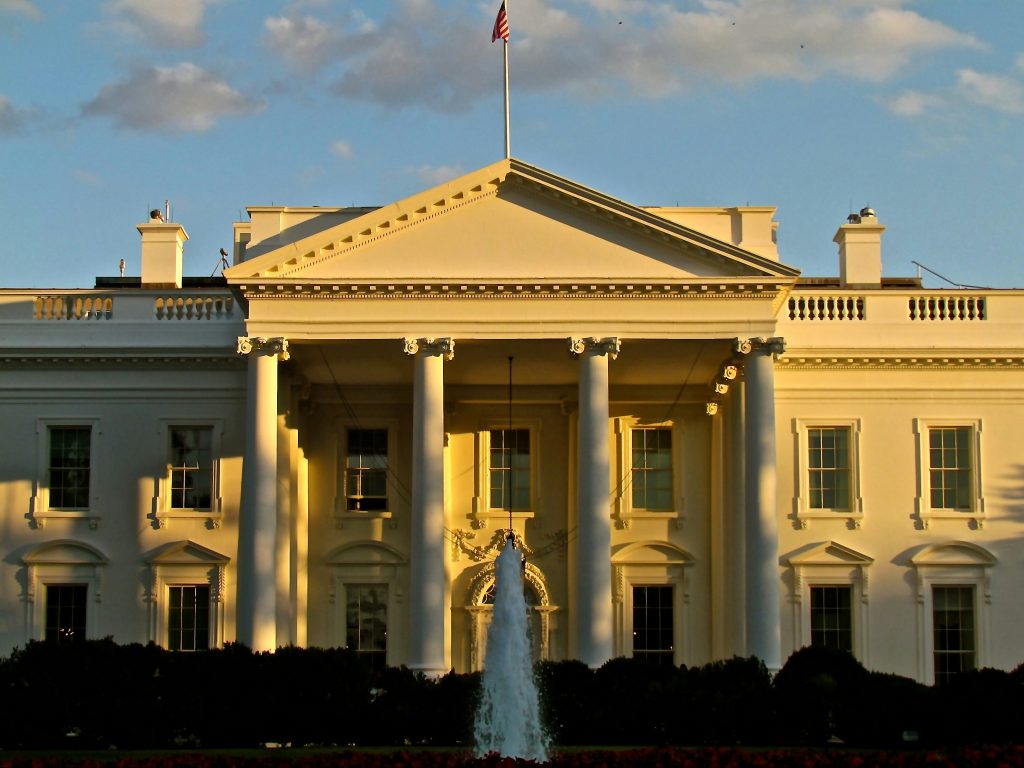Amendments to Regulation S-K Amid a Pandemic
Amendments to Regulation S-K Amid a Pandemic
By: Dallin Hendricks*
Regulation S-K provides detailed instructions for the registration statement and prospectus issuers use in an offering of securities. On November 9, 2020, three amendments to Regulation S-K will go into effect.[1] The SEC explained that these amendments were intended to “modernize the description of business, legal proceedings, and risk factor disclosures that registrants are required to make pursuant to Regulation S-K.”[2]
The first amendment was to Item 101(a).[3] The amendment requires an issuer to provide material information as to business development instead of a description of business development for the previous five years.[4] Issuers must provide a description of their business in their initial disclosure and have to update that disclosure when there are material developments.[5] The second amendment is to Item 101(c).[6] Instead of a specific list of items that must be disclosed, the item requires disclosure of information that is material to understanding the business.[7] The SEC provides disclosure topics to guide the companies instead of a specific list to follow.[8] The third amendment changes Item 103 which required disclosure of “material pending legal proceedings.”[9] The amendment allows companies to cross-reference to other disclosures that detail the legal proceedings.[10] Finally, the last amendment changes Item 105 which required a discussion of significant factors that make investment in the company risky.[11] The amendment changes the item to now require material factors instead of significant factors.[12]
The economy in the United States and across the world is struggling because of the current pandemic. The amendments to Regulation S-K were planned long before the struggles of the pandemic. These amendments are not drastic changes, but the question is should the SEC be decreasing the amount of information given to investors when many companies are struggling. 138 companies with assets over $100 million filed for bankruptcy this year which is significantly higher than last year and even higher than both 2008 and 2009.[13] These are the type of companies that would be offering securities and would be affected by these amendments.
In this economy with companies struggling, an argument could be made that the SEC should be providing more protection to investors. Each of these amendments give the investor less information. An argument could also be made for decreasing the regulation therefore allowing companies easier access to funds in this trying time. These amendments are small and probably have very little effect on investors getting information and companies getting capital but what they signal is important. These amendments signal that currently the SEC favors the making it easier for businesses to get capital.
*J.D. Candidate, Class of 2022, Arizona State University Sandra Day O’Connor College of Law.
[1] David J. Lavan & Bradley M. Thompson, SEC Disclosure Requirement Amendments to Regulation S-K: Description of Business, Legal Proceedings, and Risk Factors, The Nat’l. L. Rev. (Nov. 12, 2020), https://www.natlawreview.com/article/sec-disclosure-requirement-amendments-to-regulation-s-k-description-business-legal.
[2] Modernization of Regulation S-K Items 101, 103, and 105, Securities Act & Exchange Act, Release Nos. 33-10668; 34-86614, File No. S7-11-19 (Aug. 8, 2019) https://www.sec.gov/rules/proposed/2019/33-10668.pdf [hereafter SEC Release].
[3] Lavan, supra note 2.
[4] Id.
[5] Id.
[6] Id.
[7] Id.
[8] SEC Release supra note 3, at 10-11.
[9] 17 CFR § 229.103(c).
[10] Lavan, supra note 2.
[11] 17 CFR § 229.105.
[12] Lavan, supra note 2.
[13] Allie Schwartz & Joseph B. Doyle, Bankruptcy Filings: An Excerpt from Trends in Large Corporate Bankruptcy and Financial Distress: 2005–Q3 2020, The Nat’l. L. Rev. (Nov. 7, 2020) https://www.natlawreview.com/article/bankruptcy-filings-excerpt-trends-large-corporate-bankruptcy-and-financial-distress.
Related Posts

District Court Judge Issues Injunction Requiring Work Continue at CFPB

The Trump Administration’s Proposed Carried Interest Tax Reform
